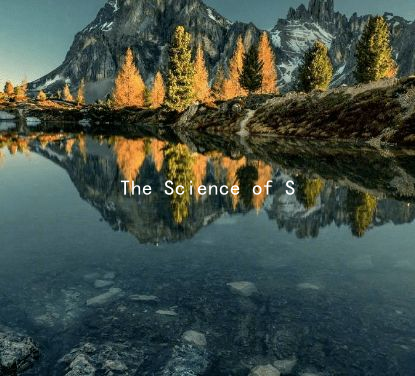The Science of Seduction: Medical Perspectives on Romantic Engagement
The Science of Seduction: Medical Perspectives on Romantic Engagement
In the intricate dance of romantic relationships, the art of seduction plays a pivotal role. However, the dynamics of attraction extend beyond mere charm and wit; they are deeply rooted in biology, psychology, and social sciences. Understanding the medical perspectives on romantic engagement can enhance our approach to relationships and improve our chances of forming meaningful connections.
Attraction begins with chemistry, both literally and figuratively. Hormones such as dopamine, oxytocin, and testosterone influence how individuals perceive and respond to one another. Dopamine, known as the “feel-good” hormone, is released during the early stages of attraction, creating feelings of pleasure and euphoria. This neurochemical response can cause a person to become infatuated, often overlooking flaws and idealizing their partner.
Oxytocin, often referred to as the “love hormone,” plays a significant role in deepening emotional bonds. This hormone is released during physical touch, such as hugging or kissing, and contributes to feelings of trust and intimacy. Engaging in physical contact can heighten oxytocin levels, fostering deeper connections and enhancing relational dynamics. Understanding this can empower individuals to cultivate intimacy through non-verbal communication, crucial in the early stages of romantic engagement.
Another critical factor influencing attraction is physical appearance, guided by evolutionary psychology. Research suggests that symmetrical features are often perceived as more attractive because they signal genetic health. However, factors such as body language and confidence can eclipse physical attributes. Individuals who maintain open body language, exhibit confidence, and mirror their partner’s movements often draw others in more effectively. This mirroring creates a subconscious bond, making interactions feel more comfortable and familiar.

While attraction is often driven by biological and chemical factors, contemporary relationships also rely heavily on social cues and communication. The art of conversation is crucial in establishing rapport and understanding. Employing active listening techniques fosters a sense of validation, making partners feel valued and understood. Asking open-ended questions encourages deeper discussions, while sharing personal stories can build intimacy and trust.
Moreover, psychological research emphasizes the power of vulnerability in romantic engagement. Sharing insecurities and fears can create a safe space for partners to open up, promoting emotional connection. This type of authenticity can strengthen the bond, encouraging partners to navigate challenges together.
In the realm of dating, the concept of attachment theory also provides insight into romantic dynamics. Individuals often display attachment styles based on their upbringings and previous relationships. Understanding whether one has a secure, anxious, or avoidant attachment style can significantly impact relationship dynamics and communication strategies. For instance, recognizing an anxious partner’s need for reassurance can help mitigate misunderstandings and enhance emotional support.
Finally, incorporating humor into interactions can serve as an effective seduction tool. Laughter releases endorphins, naturally elevating mood and fostering connection. Shared humor paves the way for a more relaxed atmosphere where authenticity can thrive.
In conclusion, the science of seduction intertwines various disciplines, including biology, psychology, and social sciences. Understanding the hormonal influences of attraction, the importance of non-verbal communication, and the role of vulnerability can enrich romantic engagements. By leveraging these insights, individuals can navigate the complexities of relationships more effectively, leading to deeper emotional connections and long-lasting partnerships. Through a blend of science and art, the journey of romantic engagement transforms into a more fulfilling experience, in which love ultimately thrives.





